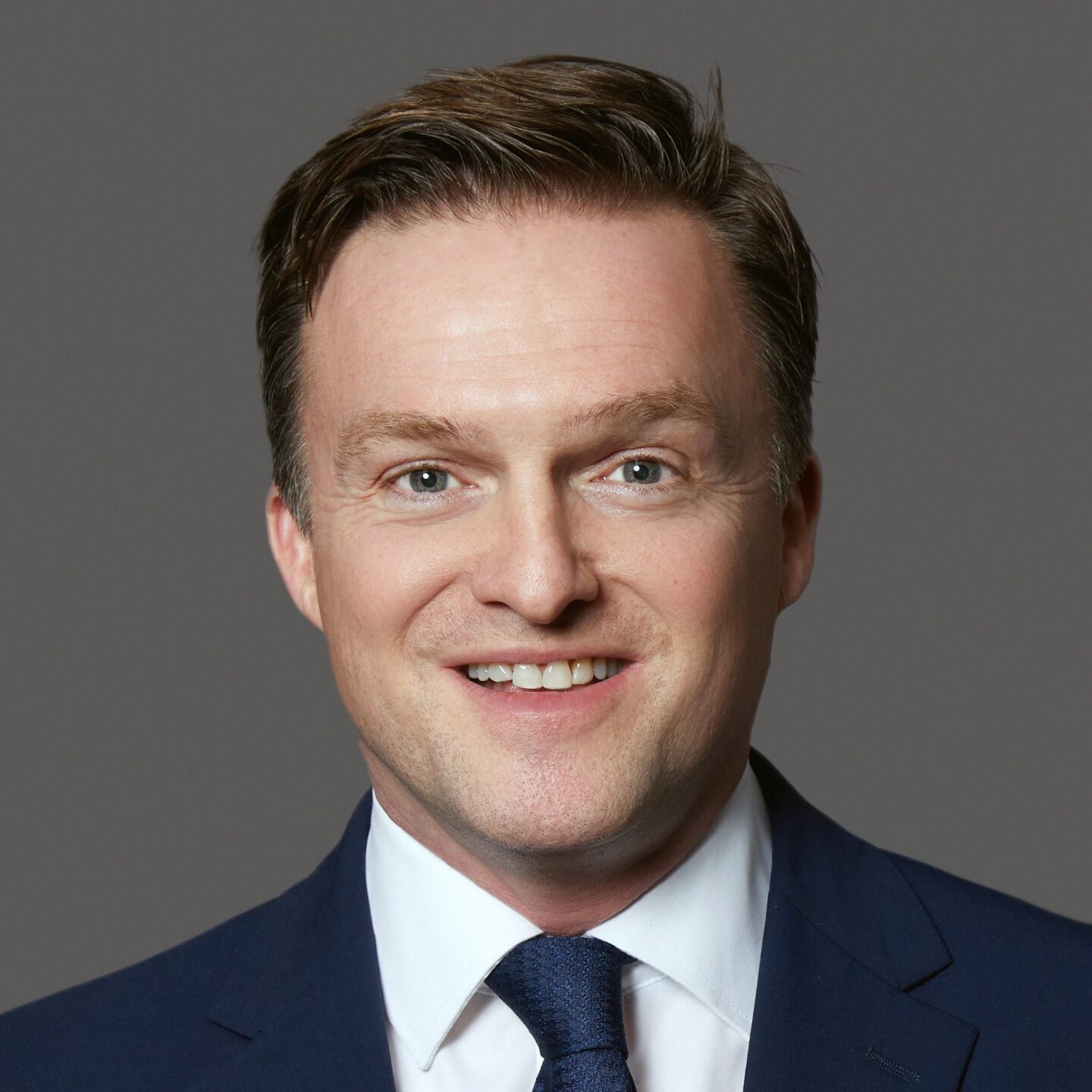
In the latest in our regular series, Portfolio Adviser hears from Cohen & Steers’ head of international wholesale distribution David Conway (pictured right)
Which asset classes and strategies do you anticipate intermediary clients focusing on in 2023?
With inflation predicted to remain stubbornly high across Europe, the UK and the US, we anticipate our clients will continue to allocate to vehicles offering a blend of real assets, such as the Cohen & Steers Diversified Real Assets Fund. Given the economic drivers of real assets are often directly or indirectly tied to inflationary trends, a blend of real assets offers the potential for some level of inflation sensitivity.
It also ensures diversification of real assets – real estate, infrastructure, commodities, natural resources – so that when one asset ‘zigs’, another is designed to ‘zag’. The low market beta of real assets, or their sensitivity to the broad global equity market, suggests significant diversification potential as well, which may help to reduce portfolio volatility and should improve risk-adjusted returns.
Should end-investors – and, by association, asset managers – be thinking beyond equity and bond investments? Towards what?
In this environment of high inflation and slowing growth, diversifying beyond stocks and bonds is likely to become increasingly important. One key reason is these kinds of investments can typically lack diversification and could, therefore, be impacted heavily by inflation.
In contrast, the economic drivers of real assets are often directly or indirectly tied to inflationary trends and this linkage historically has resulted in outsized returns when inflation exceeds expectations. An allocation to real assets may, therefore, help to preserve future purchasing power, potentially offsetting the vulnerability to unexpected inflation that is historically common to traditional portfolios of stocks and bonds.
To what extent do private assets and markets fit into your thinking? What are the current pros and cons for investors?
Listed and private real assets complement each other – particularly real estate and infrastructure. Most real estate investing in Europe is done via direct investment and, as such, listed real estate can serve as an effective foundation for a comprehensive real estate strategy, complementing direct investments and targeted opportunistic or value-add private real estate funds.
Furthermore, listed tends to lead private real estate in both sell-off and recovery during recessionary periods. By understanding the leading and lagging behaviours of listed and private markets, real estate investors may be able to tactically allocate at different times across the two asset classes, seeking to take advantage of how markets have priced in current conditions.
In infrastructure, assets in private infrastructure funds have grown significantly and there is a lot of dry powder waiting on the side-lines to be invested. Listed infrastructure represents an attractive alternative for investors seeking to gain exposure to the asset class as both listed and private infrastructure have similar volatility and return profiles along with low correlations with global equities.
“Real assets are inefficient markets that are well suited to active management.”
Given client and regulatory pressure on charges, how is your business delivering value for money to intermediaries and end-clients?
Typically, passive funds offer cheaper alternatives for investors and have done particularly well attracting assets from traditional equity and bond funds. Real assets, on the other hand, are inefficient markets that are well suited to active management, and where it is very difficult for passives to replicate and offer attractive alpha.
There is no shortcut to replicating the record we have built over the past 20 years. While we have a demonstrable track record globally, we have only made our diversified real assets strategy available to UK wholesale investors in the last few years and have launched founder share classes with competitive fees for early investors.
How much of your distribution is currently oriented towards ESG issues and sustainable investing? How do you see the responsible side of investing evolving?
Europe is more advanced than the UK in terms of ESG but the UK is catching up. As global leaders in the real assets space, ESG is embedded in our process and has been for several years. In 2022, we transitioned four of our SICAVs to SFDR Article 8, reflecting our desire to explicitly promote environmental and social characteristics as well as good governance principles as part of the investment process for these funds. We are in a period of increasing ESG-related regulations covering fund labels, climate disclosure and related topics, and that will continue not just in Europe but in parts of Asia, North America and elsewhere.
Continued attention on climate change is likely to necessitate deeper analysis and application of carbon transition as well as physical risks, translating into the need for more rigorous data and an outcome orientation across integration, engagement and voting. These are all topics we have been looking at closely and we expect this to continue as clients, regulators and society at large demand more action on these topics.
“Working from home has led to more video meetings but they work best with one or two people rather than large groups.”
How are you now balancing face-to-face and virtual distribution? Have you identified aspects where one is especially better (or worse) than the other?
As a relatively new entrant in the UK, building relationships is very important. Face-to-face meetings, therefore, will always be our preference. That said, we do need to be conscious of our clients’ perspective, so being flexible is important too. Working from home has meant video meetings have been necessary and have managed to speed up initial interactions. We have found video meetings work best with one or two people rather than large groups. When it comes to events, we believe the most valuable client interactions often occur when networking, which is near impossible to replicate virtually.
What aspects of your lockdown routine – personal or professional – have you continued as people migrate back to office-working?
Like almost everyone else, I started exercising during lockdown and have continued go to the gym at 6:30am every morning. I find it clears my head and helps me plan the day. I also spend a lot more time with my team now we’re back in the office and I definitely see the intrinsic value in interacting on non-work things. We like to discuss people’s hobbies and interests, for example, which contributes to a deeper relationship and understanding of each other. We have meetings every morning at 8:45am and again at the end of the day to check in with everyone.
Professionally, I work in a different way since lockdown. I use technology more, which can help with time management. As a team, we use scrapers more, which make our interactions more relevant and have improved our efficiency.
How did you spend your Christmas/winter break?
While a lot of people head to the slopes skiing at this time of year, I am terrible at it, and prefer to stay home and take my kids to see the Bristol Bears rugby team. I’m not sure which is worse – the Bristol Bears or my skiing!
Looking further ahead, in what ways do you see the asset management sector evolving over the next few years?
We all know the industry is consolidating, but bigger does not necessarily mean better performance or client service. From a distribution perspective, big sales team models are expensive, and the industry is increasingly likely to turn to digital distribution. It will be the big players and the generalist assets managers – who have a wide variety of products and clients – that will be the largest adopters of it.
Unlike the larger generalist managers, we remain specialists in our field and offer a more focused proposition. Consequently, we would argue smaller teams of product specialists, closely aligned to the products and assets we manage, are best placed to serve our clients. This approach should differentiate us from the market, provide value-add for our clients and enable us to better educate the market on the benefits of listed real assets.







